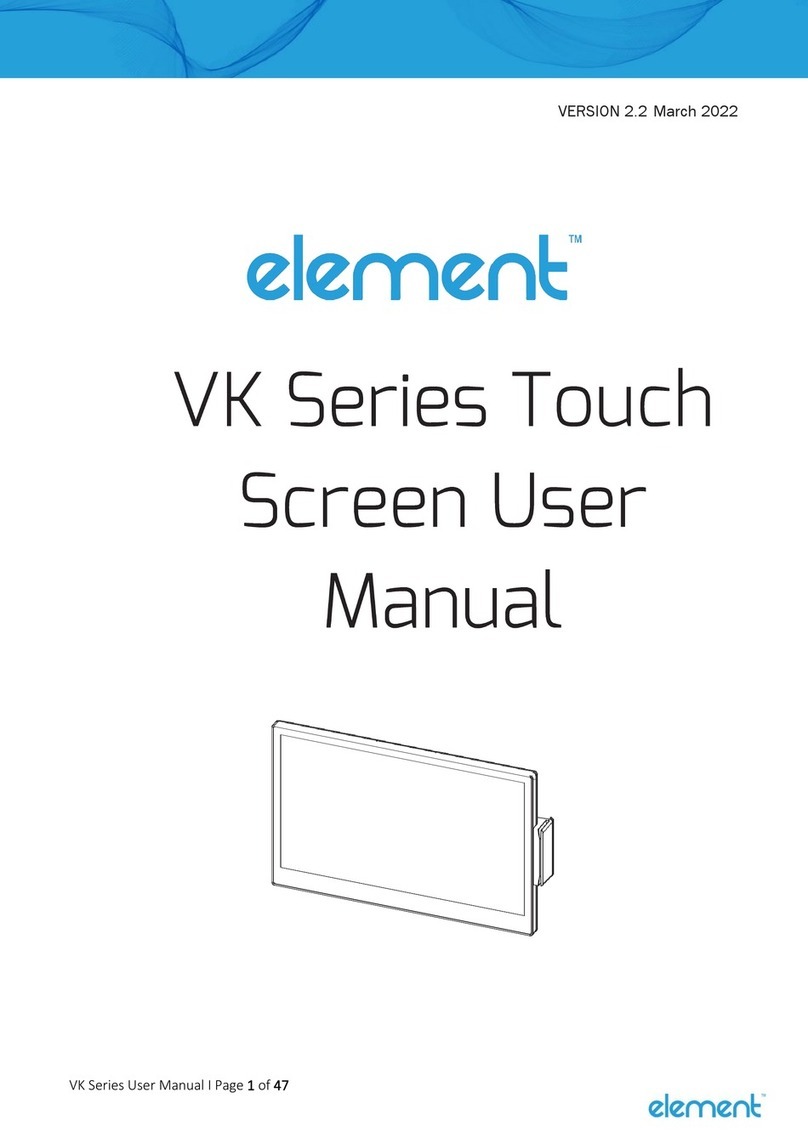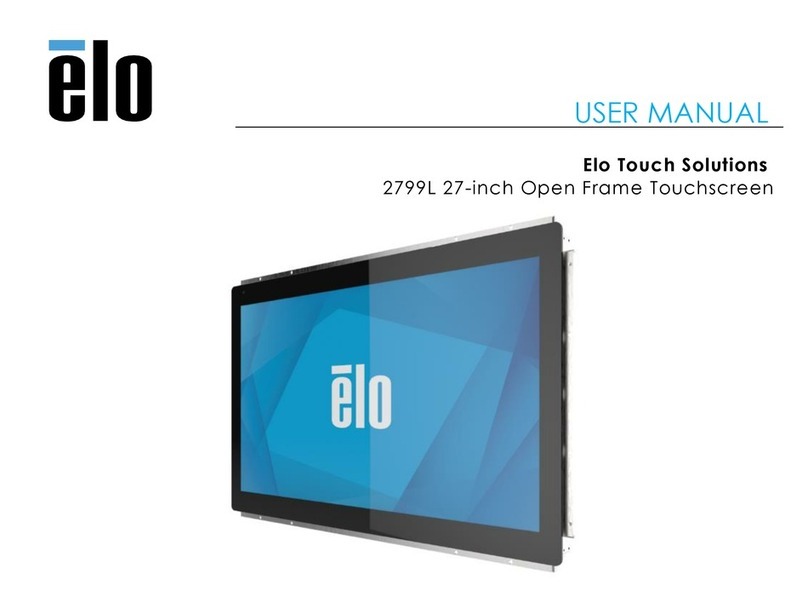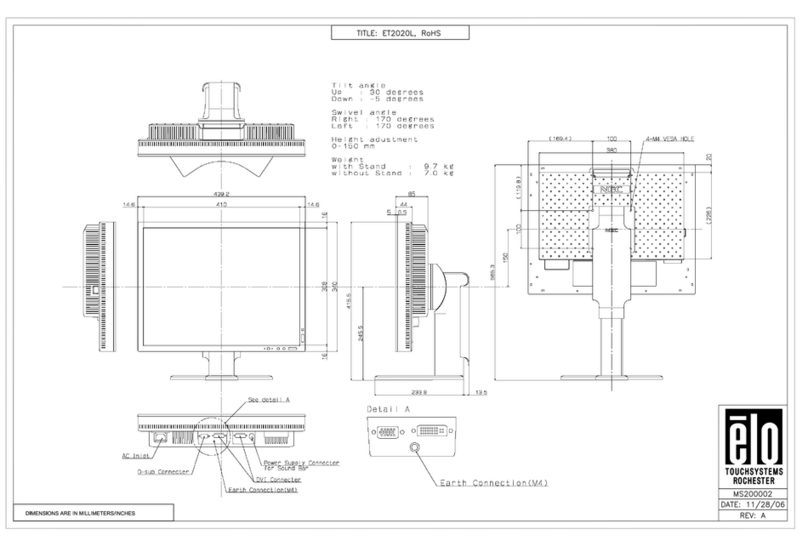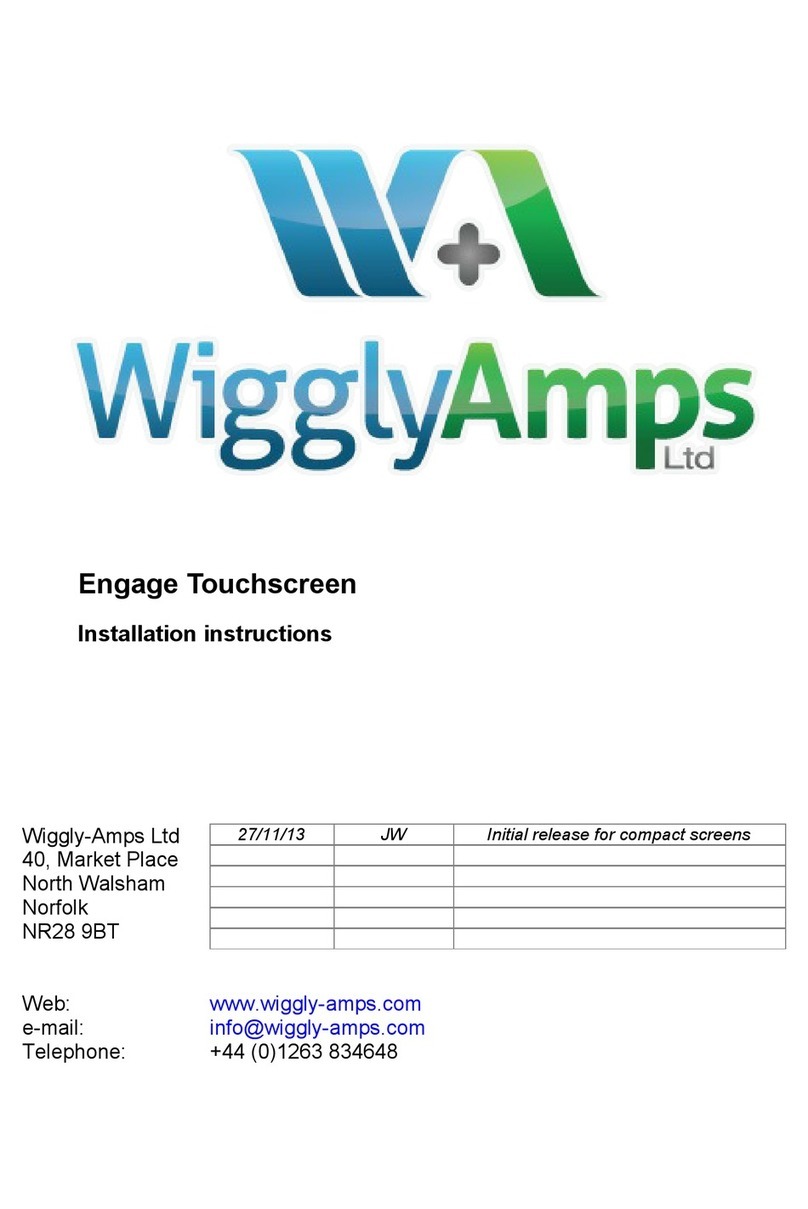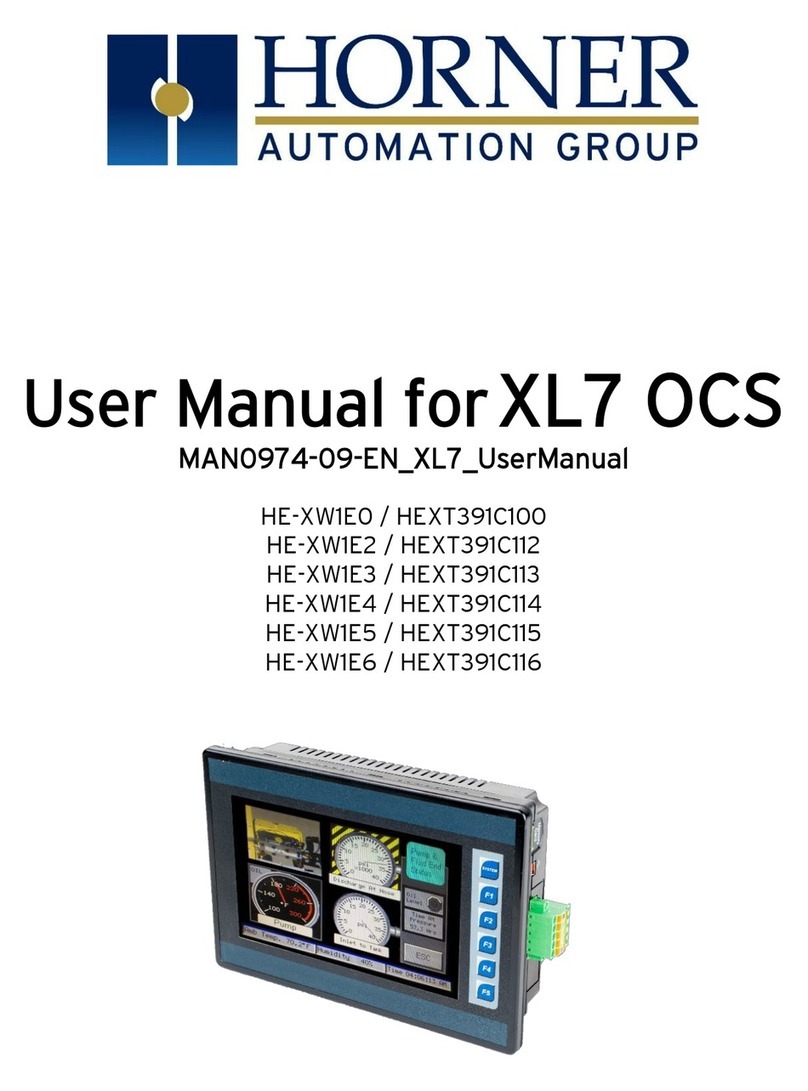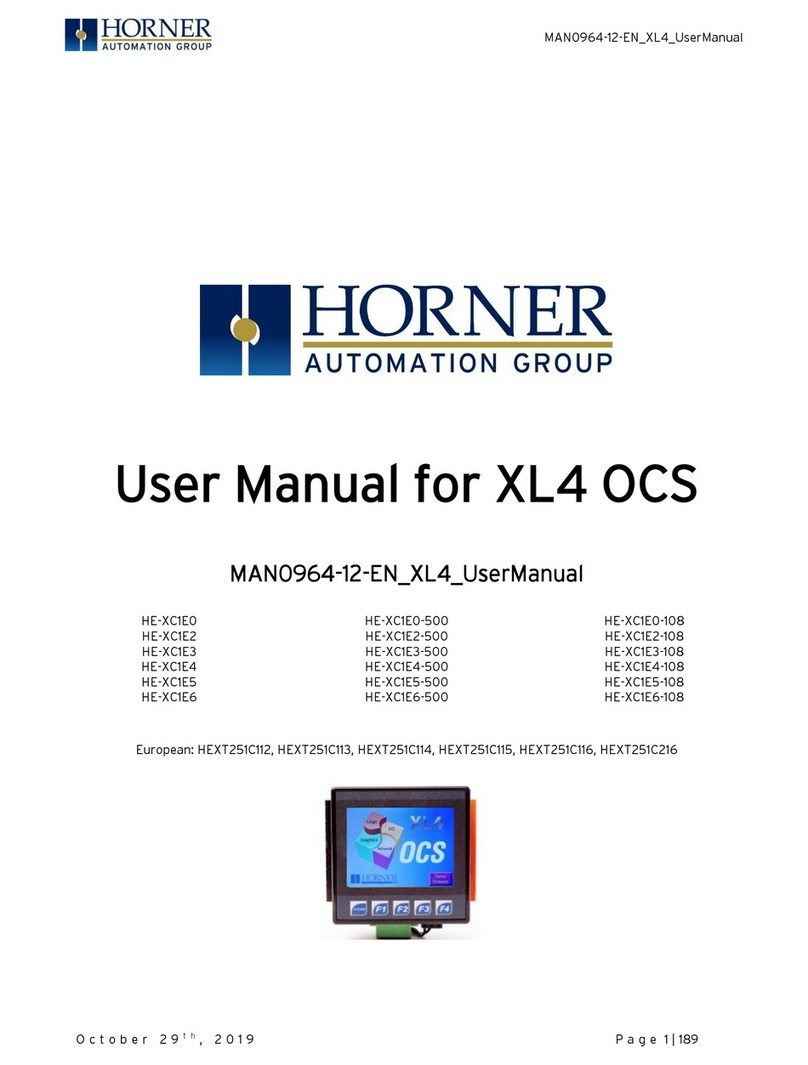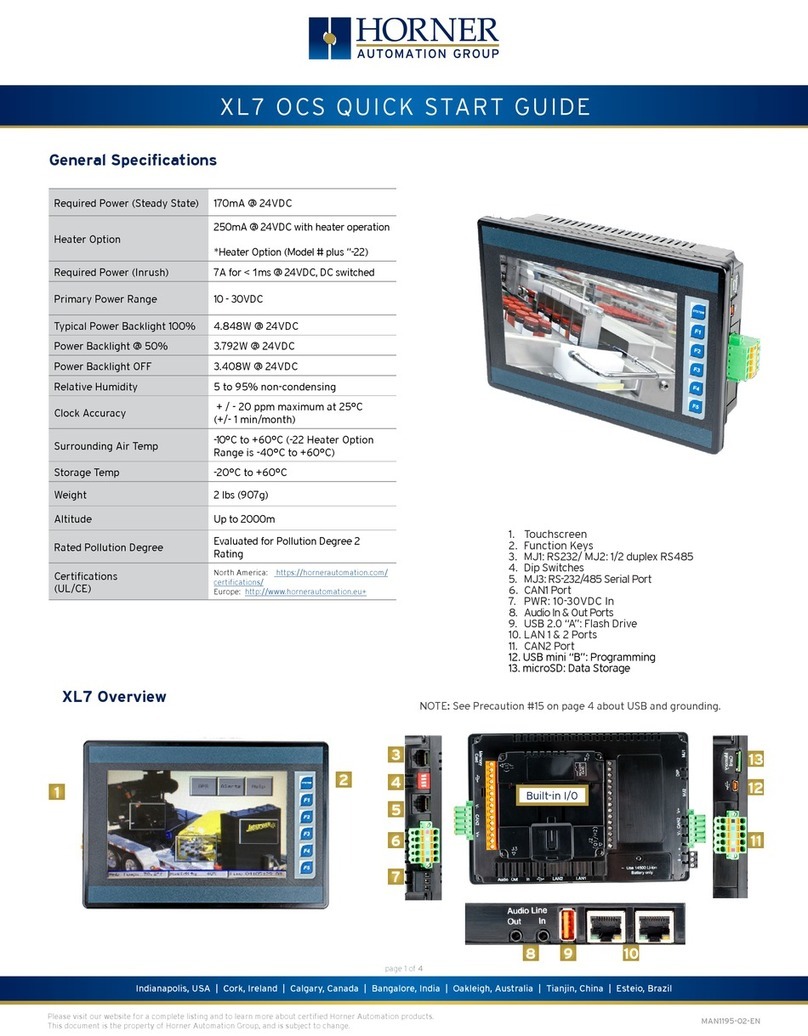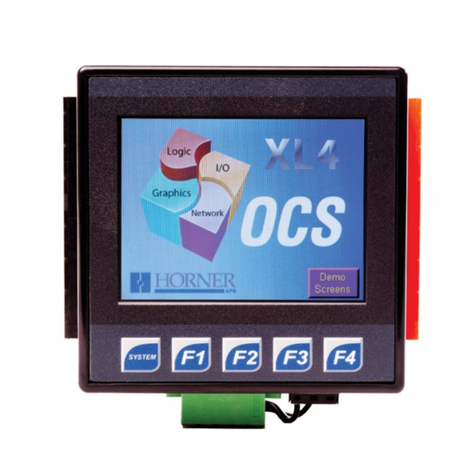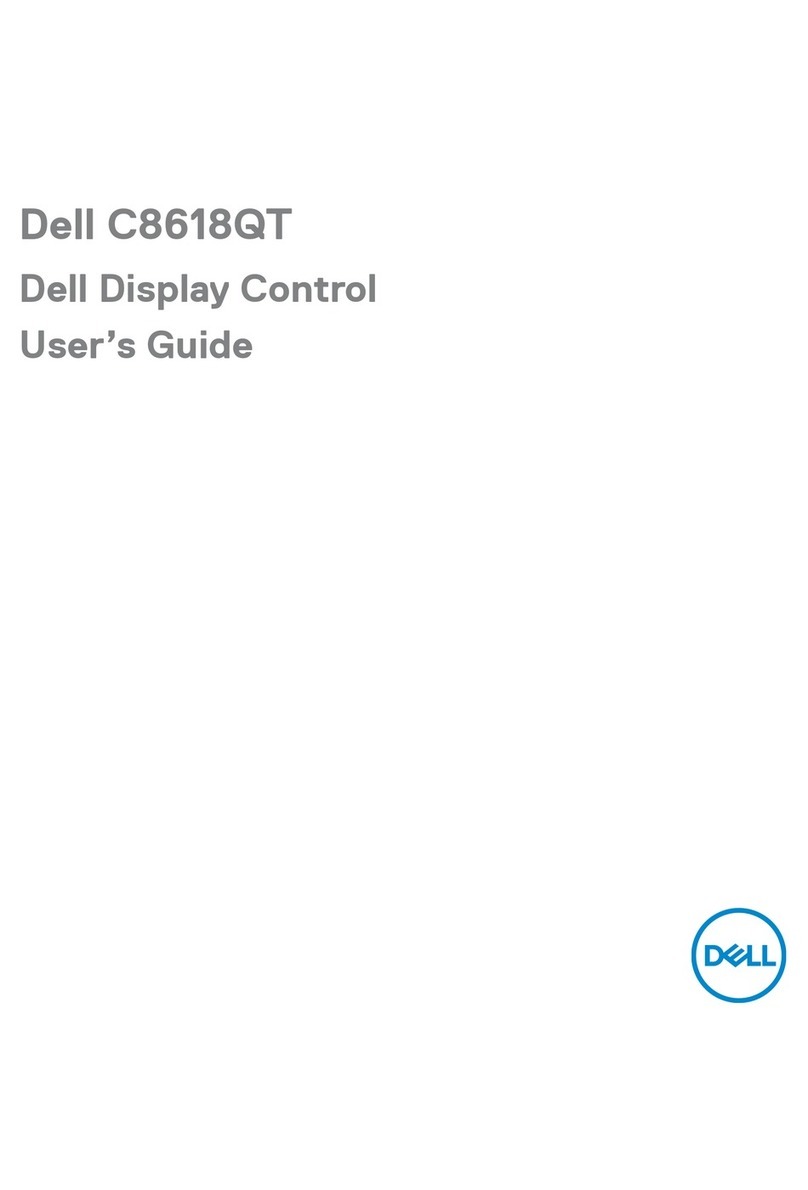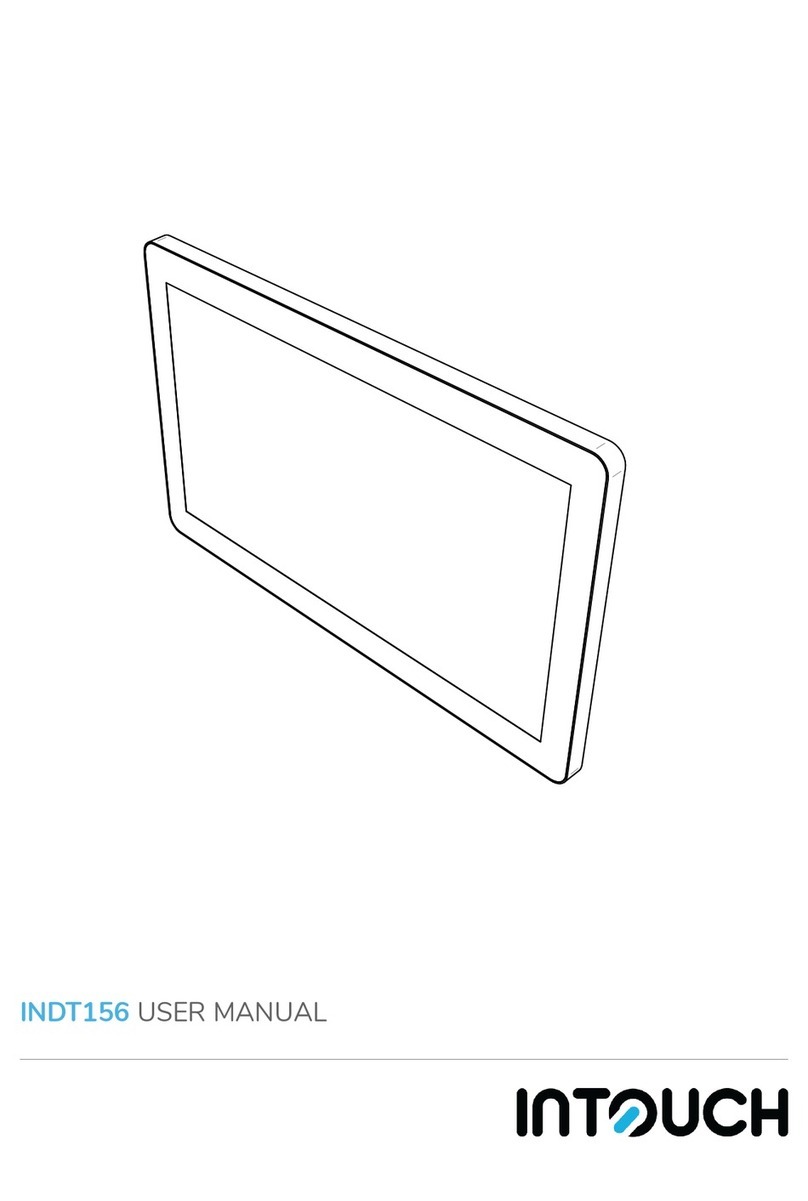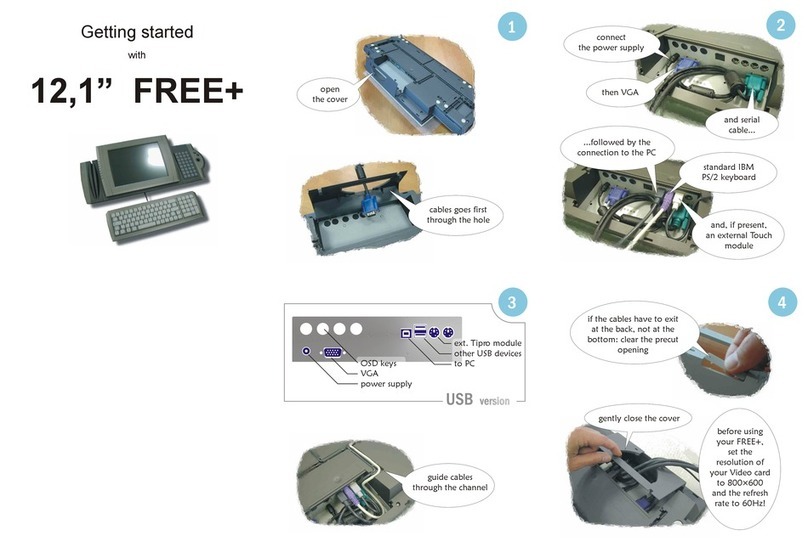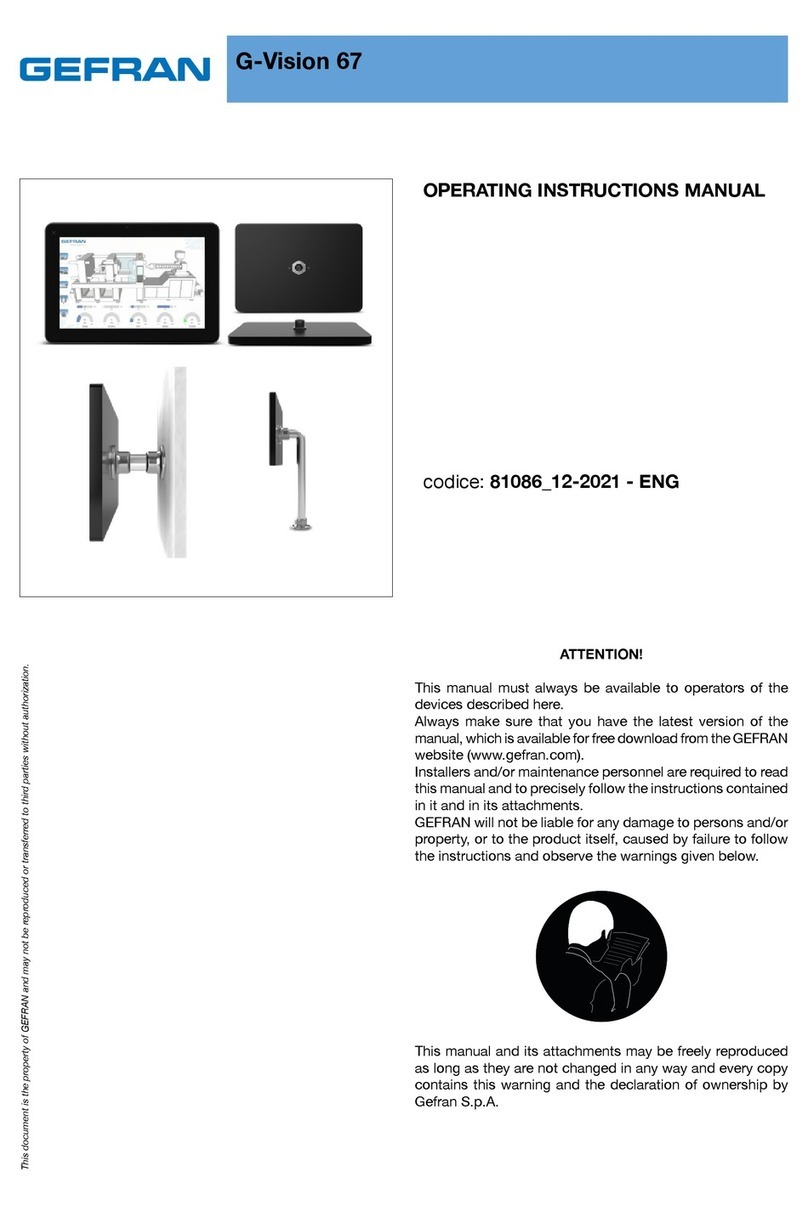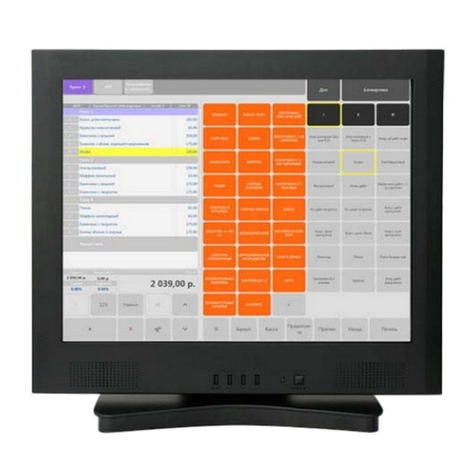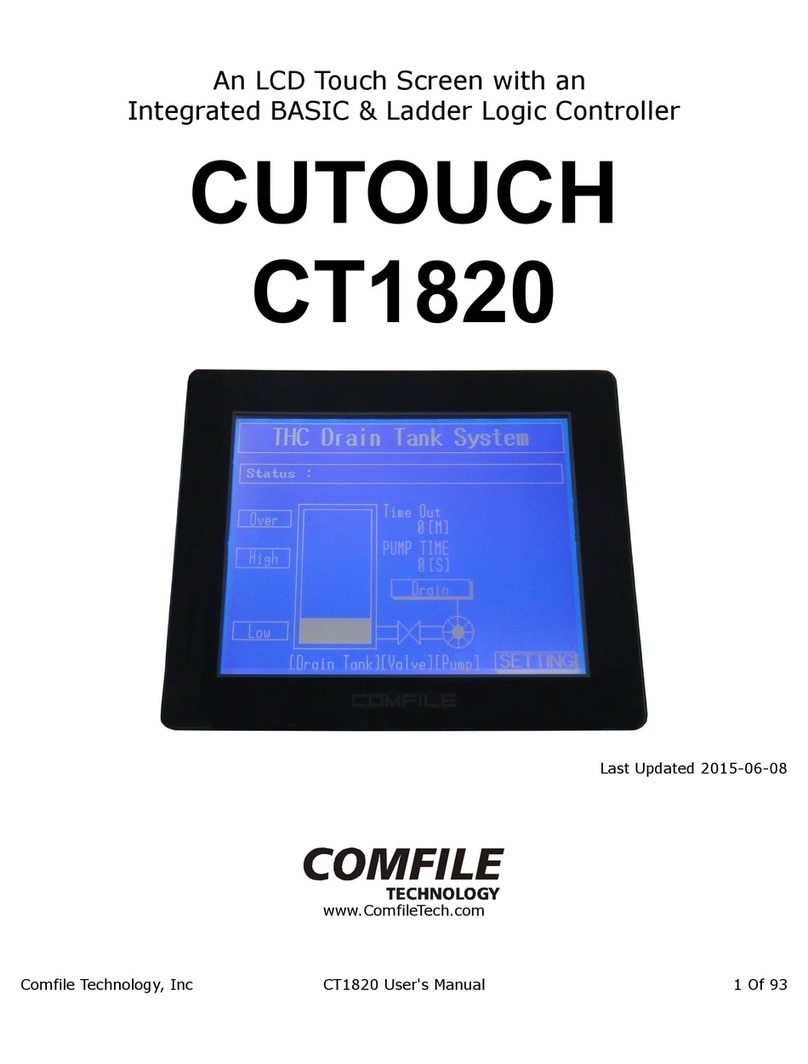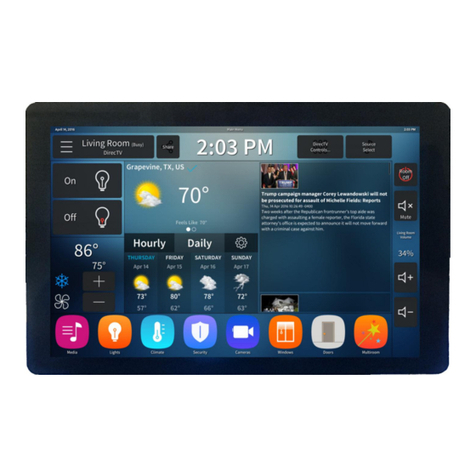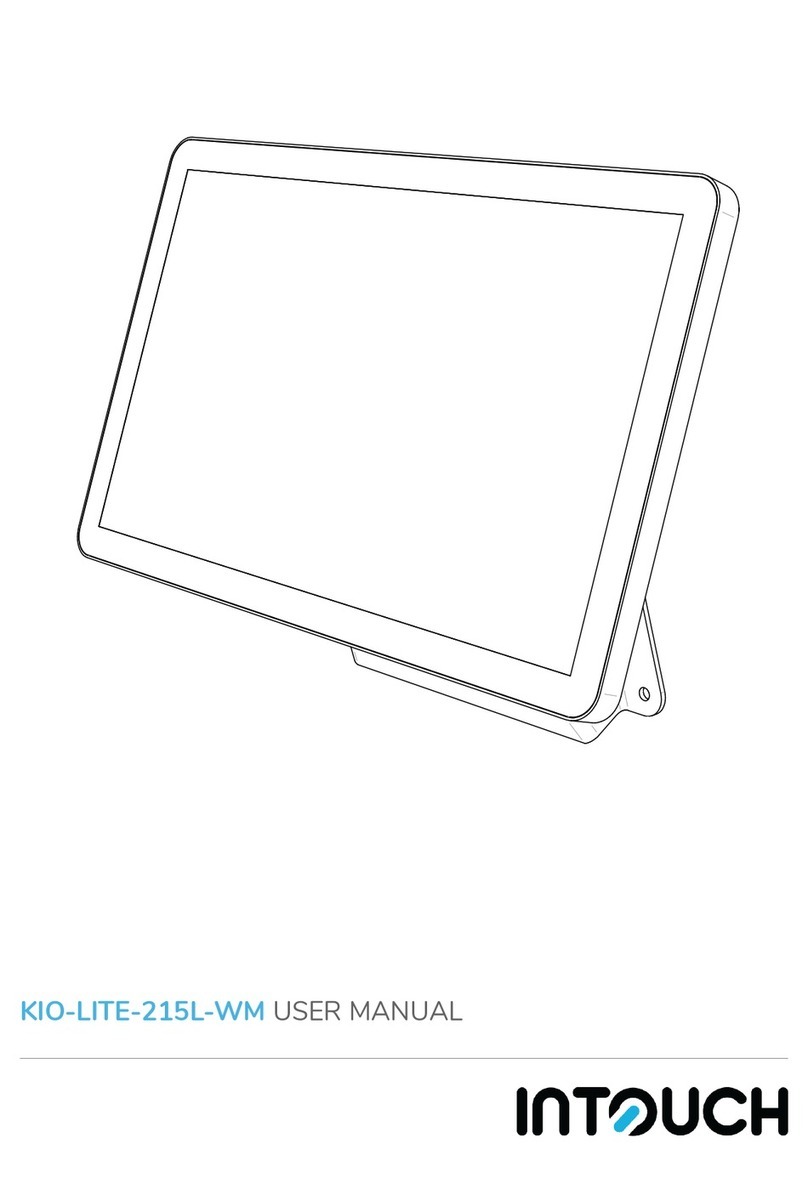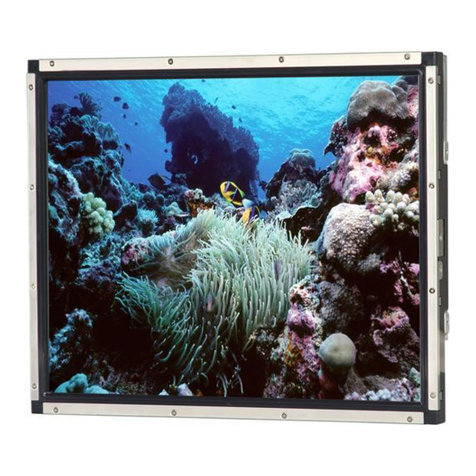
Page 9
SAFETY & MAINTENANCE
Warnings
1. To avoid the risk of electric shock or burns, always con-
nect the safety (or earth) ground before making any other
connections.
2. To reduce the risk of fire, electrical shock, or physical
injury, it is strongly recommended to fuse the voltage
measurement inputs. Be sure to locate fuses as close to
the source as possible.
3. Replace fuse with the same type and rating to provide pro-
tection against risk of fire and shock hazards.
4. In the event of repeated failure, do NOT replace the fuse
again as repeated failure indicates a defective condition
that will NOT clear by replacing the fuse.
5. Only qualified electrical personnel familiar with the con-
struction and operation of this equipment and the hazards
involved should install, adjust, operate, or service this
equipment.
6. Read and understand this manual and other applicable
manuals in their entirety before proceeding. Failure to
observe this precaution could result in severe bodily injury
or loss of life.
7. WARNING - Battery may explode if mistreated. Do not
recharge, disassemble, or dispose of in fire.
8. WARNING - EXPLOSION HAZARD - Batteries must only
be changed in an area known to be non-hazardous.
9. WARNING - Do not disconnect while circuit is live unless
are is know to be non-hazardous.
FCC Compliance
This device complies with Part 15 of the FCC Rules. Operation is
subject to the following
two conditions:
1. This device may not cause harmful interference.
2. This device must accept any interference received, includ-
ing interference that may cause undesired operation.
Technical Support
North America
1 (317) 916-4274
(877) 665-5666
www.hornerautomation.com
Europe
+353 (21) 4321-266
www.hornerautomation.eu
Precautions
All applicable codes and standards need to be followed in the
installation of this product. Adhere to the following safety pre-
cautions whenever any type of connection is made to the module:
1. Connect the safety (earth) ground on the power connector
first before making any
2. other connections.
3. When connecting to the electric circuits or pulse-initiating
equipment, open their
4. related breakers.
5. Do NOT make connection to live power lines.
6. Make connections to the module first; then connect to the
circuit to be monitored.
7. Route power wires in a safe manner in accordance with
good practice and local codes.
8. Wear proper personal protective equipment including
safety glasses and insulated gloves when making con-
nections to power circuits.
9. Ensure hands, shoes, and floor are dry before making any
connection to a power line.
10. Make sure the unit is turned OFF before making con-
nection to terminals.
11. Make sure all circuits are de-energized before making con-
nections.
12. Before each use, inspect all cables for breaks or cracks in
the insulation. Replace
13. immediately if defective.
14. Use copper conductors in Field Wiring only, 60/75˚C.
15. Use caution when connecting controllers to PCs via serial
or USB. PCs, especially laptops,may use “floating power
supplies” that are ungrounded. This could cause a dam-
aging voltage potential between the laptop and controller.
Ensure the controller and laptop are grounded for max-
imum protection. Consider using a USB isolator due to
voltage potential differences as a preventative measure.

